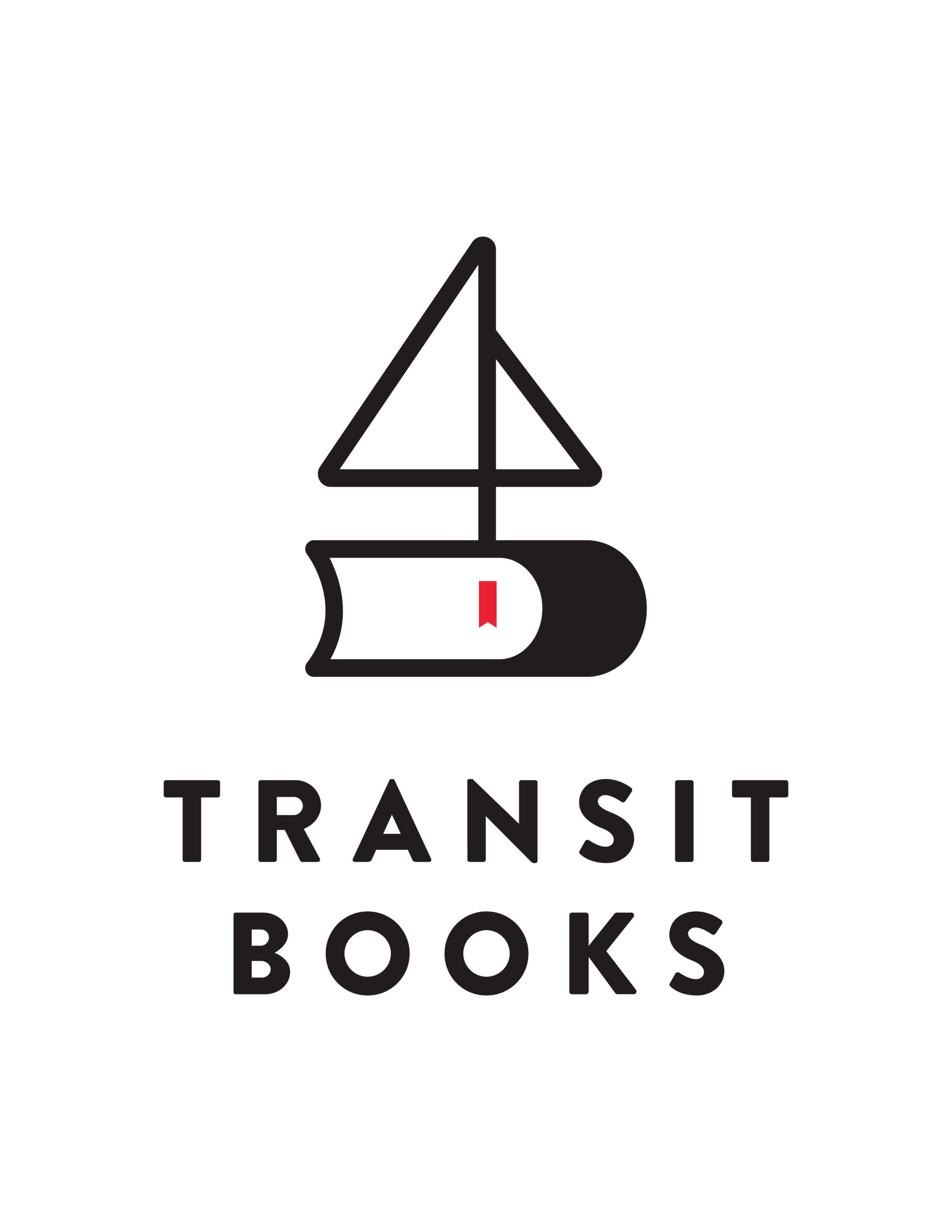Postcard from the Sydney Harbour Bridge
Anwen Crawford
The other day I saw a Little Pied Cormorant perched on a sea wall, holding its wings out to dry with the vigilance of someone who’s just had their nails done. The birds are black on top with white bellies and faces, a bendy neck, a short, yellow beak; quick divers. Their haircuts—a raffish, two-tone crest that flattens gradually, all party at the front, all business at the back—makes me think that Little Pied Cormorants would make excellent glam-metal rockers. Give that bird a keytar once it’s dried its wings.
I’ve been thinking about disguises. The glam impulse to dress up can be rooted in the fact that in some other role you play, you must dress down. On the morning that I saw the cormorant I was two days into a new job; employer policies forbid me from identifying where or what, exactly: suffice to say that involves traffic signs and fluorescent safety gear. I’ve worked enough low-paid service jobs to know that such roles—waitressing, retail, working at the train station—involve a constant scrutiny while also disappearing you. The you that is the worker becomes all there is to see; the other you, the person that is you, vanishes. It was my second shift when someone dressed me down; they saw me in my role and thought that I was less than them. It shouldn’t have upset me—one comes to expect it in such jobs—but it did.
I’m fortunate, by which I mean lucky, though material fortune comes into this, too: it always does. The majority of Australian writers earn less than AU$15,000 annually from their creative practice, which is why you’ll find so many of us working other jobs. The average “literary” title in Australia sells around 2,500 copies, and many sell less; we simply don’t have the population to sustain an industry in which more than a very few writers can sell enough books to make a living. The higher education sector, which appears to sustain many writers in the States, if barely, is vanishingly small in Australia, by comparison: our 40 public universities axed 40,000 full-time jobs from 2020 to 2021, with tens of thousands more casual and fixed-term workers also losing work but excluded from job loss official statistics.
This, all of this—long and short-term, policy and population, pandemic, business as usual—means that Australian writers are unusually reliant on government arts grants to fund the writing of our books. I’m one of them. I’m in receipt of two grants at the moment, which means I only have to work two hours a day in high-vis. (I’m teaching, too.) It could be worse, it has been worse, these light-on day job hours are a temporary blessing until the grants run out. There are far more applications for grant money every year than there is money to disburse among writers: this is what I mean by fortunate, my fortune. Let me be clear, though. Australia is ranked as the fourth or fifth wealthiest nation in the world; the fact that we spend less than 1% of annual GDP on cultural funding is a choice that has been made by governments, many times, for a long time. Lack of funding is a policy, not a requisite.
Each day I make the crossing, from worker to writer and back again (leaving aside the complicated question of what sort of labour writing is). As a worker all of the rest of me becomes invisible, when working; as a writer I have chosen many times to write about work, in order to stage my reappearance. That condescending woman from the other day, she’s here in my words now. My work now. A small revenge.
The sea wall where I saw the Little Pied Cormorant—that connoisseur of crayfish, that tufty bon vivant—has a spectacular view, from the northern side of the Harbour Bridge straight across to the Sydney Opera House, its sails open to the water like whale mouths. My grandfather helped to build that building, raising its frame, which is part of what I mean when I say that art—and literature—is for all of us.
Anwen Crawford is a Sydney-based writer, critic and visual artist. Her essays have appeared in publications including The New Yorker, The White Review, Frieze, The Monthly, Best Australian Essays, Meanjin, Overland and Sydney Review of Books. In 2021 she won the Pascall Prize for Arts Criticism. Her book Live Through This (2015), on the Hole album of the same name, is published by Bloomsbury in the 33⅓ series, and was named by Pitchfork as one of the ‘33 best 33⅓s’. She is a graduate of Sydney College of the Arts, where she studied photography, and of the School of the Arts, Columbia University, where she completed a Master of Fine Arts in poetry.


